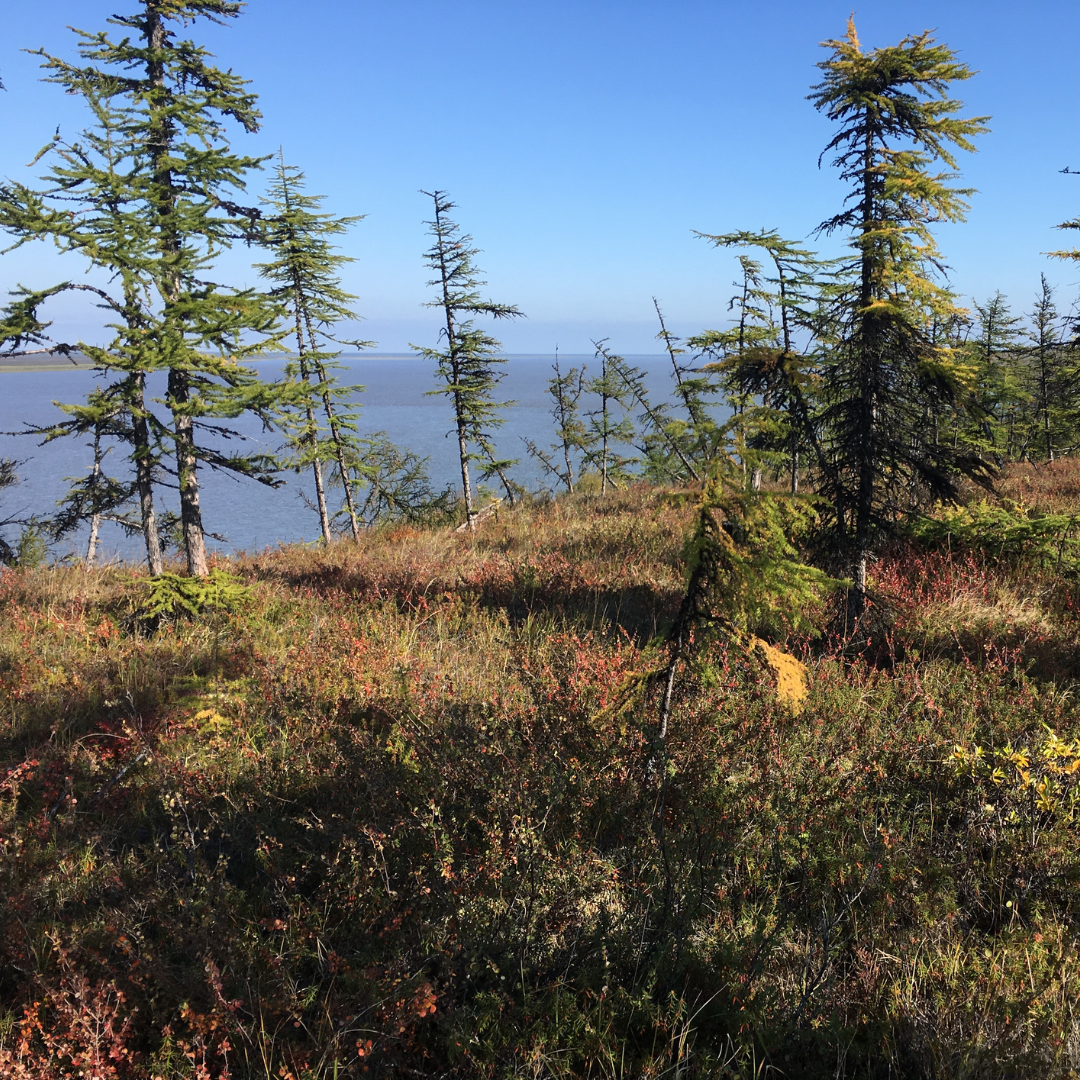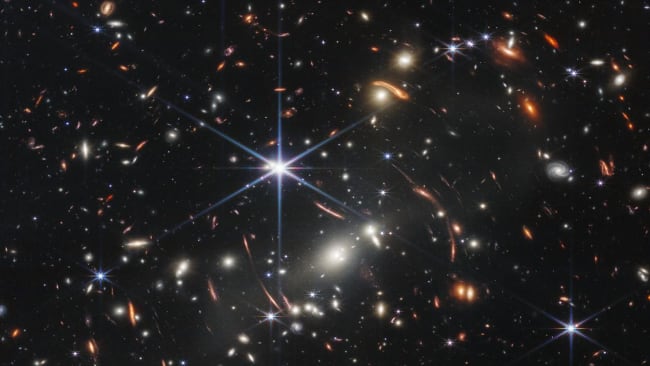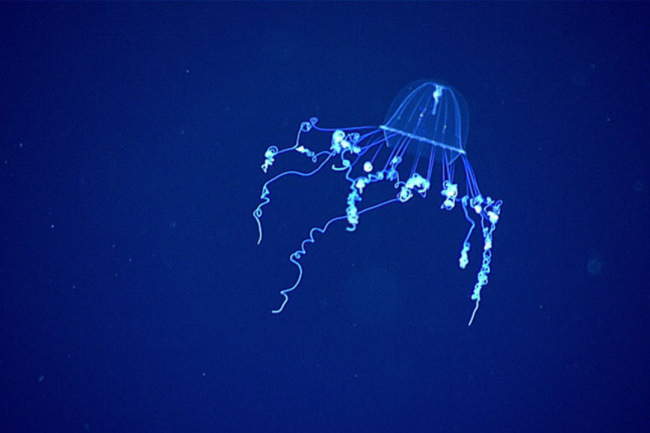Global warming was traditionally associated with the emergence of new health risks stemming from the migration of vectors of tropical diseases to temperate regions of the globe, such as Western Europe. However, it was more recently realized that another threat could come from the far North, where microbes stored in the frozen earth for up to a million years would be released from the accelerated thawing of the Siberian Arctic frozen soils—the permafrost.
This science fiction scenario became more realistic in 2015 when an international research team succeeded in resurrecting several viruses isolated from permafrost dating back 30,000 years. Following additional experiments, it is now clear that a significant proportion of prehistorical viruses can remain infectious for even longer periods of time. This article reviews the reality of the risks that their release might represent for the future.
Contrary to the beliefs of many in temperate zones, regions north of the Arctic Circle are not icy expanses permanently covered with snow
What is "Permafrost"?
Contrary to the beliefs of most inhabitants of temperate zones (including many journalists), the regions located north of the Arctic Circle are not icy expanses permanently covered with snow. For instance, in Duvanny Yar, a popular permafrost research site—located on the mouth of the Kolyma River north of the 68th parallel in the Republic of Sakha, Yakutia—although the annual average temperature does not exceed -10°C there, it remains above zero from June to September, occasionally reaching 30°C. Each summer therefore sees the regrowth of a significant vegetation cover, made up of diverse fauna (arthropods, worms) and the proliferation of a complex microbial ecosystem (protozoa, bacteria, viruses).
At the return of each winter, this transient surface layer of living matter slowly decomposes and refreezes. Its accumulation and compaction over hundreds of years end up forming a sort of peat at a depth where the temperature never again reaches above 0°C, even in summer. This permanently frozen soil, called "permafrost," is thus very different from ice (i.e. frozen water), with which it is frequently confused in popular media. The thickness of permafrost is delimited by two zones. At the surface (to a depth of about one meter), by what is called the "active layer," the temperature of which rise above 0°C each summer. And at the bottom (which can reach up to 1,500 meters in northeastern Siberia, because of the geothermal gradient (Earth's internal heat). Between top and bottom the permafrost temperatures remain relatively constant (between -15°C and -5°C).

Studies have shown that this geological feature has been stable for the last 400,000 years in the Arctic, a status that is now threatened in the context of global warming. If it is now widely acknowledged that an average temperature increase of 1.5°C relative to pre-industrial era would be exceeded during the 21st century, the scenario is much worse in the Arctic, which appears to warm up two to three times faster than temperate regions. An already visible consequence is the summer thawing of surface permafrost at increasing depths and the rapid erosion of permafrost bluffs in coastal areas, or along rivers. This in turn increases the release and revival of permafrost microbes, including ancient ones from the late Pleistocene (i.e. the last 100,000 years).
Permafrost Is an Optimal Natural Repository for Ancient Microbes
Permafrost originates from regular soil, which is a rich mixture of decaying organic matter under the action of a huge and highly diverse population of microorganisms (bacteria, yeasts, protozoa, etc.). However, below the active layer, free liquid water ceases to exist, progressively grinding all metabolic activities to a halt. Although this causes the irreversible death of a fraction of the resident microorganisms, many others manage to enter an inert state called "cryptobiosis," pending their eventual return to life when the temperature rises above 0°C again. It turns out that deep—thus ancient—permafrost offers ideal conditions for the preservation of cellular structures as well as DNA. It is cold, dark, anoxic, and neutral, all the opposite of what rapidly destroys microbes at the surface: heat, UV light, oxygen, and extreme pH. Put a yogurt in permafrost, and it might still be edible 50,000 years later.
What is true for cellular microorganisms (bacteria or protozoa) remaining unaltered once in the state of cryptobiosis, is even truer for viruses—the particles of which do not require any metabolic activity for their maintenance, such as microscopic seeds. Deep permafrost is thus a permanent repository for microorganisms and viruses as old as the frozen soil layers they have been trapped in—up to a million years. This time span greatly exceeds the earliest estimate for the emergence of the modern human (Homo sapiens) or even our cousin Homo neanderthalensis, about 300,000 years ago. In other words, our species—hence, our immune system—has never been in contact with most of those microbes during its evolution.
Deep and ancient permafrost offers ideal conditions for the preservation of cellular structures as well as DNA
Multiple Studies Substantiate the Resurrection of Prehistorical Microbes
Explorations of the microbial flora of the permafrost of Arctic regions started much before the recent interest manifested by the media. The presence of bacteria in Siberian permafrost was already known in 1912. As early as 1944, it was known that bacteria were capable of surviving 1,000 years in permafrost. This research, for the most part carried out by Russian scientists, remained ignored by Western scientists for much of the twentieth century because of the Cold War and for linguistic reasons, with most researchers from the Soviet Union publishing their work in Russian journals not distributed abroad.
The late David Gilichinsky (1948-2012), a leader in the field, was the first microbiologist specialist of Siberian cryosols—soils in very cold climates—to break this isolation by publishing in English starting in 1992. Unfortunately, his results were initially presented as exploring the possibility of microbial life on Mars, and therefore published in unconventional journals ignored by traditional microbiologists. Following these pioneering studies, different teams have now revived bacteria from permafrost layers dated back 100,000 years ago, but most of them in the range 10,000 – 50,000 years because of the limit of radiocarbon dating. Recent studies have also introduced a new "metagenomic" approach consisting in sequencing the total DNA extracted from permafrost followed by database comparisons to identify which types of microbes (dead or alive) are there (akin to forensic DNA profiling).
Thanks to these multiple studies, we now know that the highly diverse bacterial population found in permafrost includes relatives of most common contemporary human pathogens—Acinetobacter, Bacillus anthracis, Brucella, Campylobacter, Clostridia, Mycoplasma, various Enterobacteria, Mycobacteria, Streptococci, Staphylococci, and Rickettsia. The massive outbreak of anthrax in reindeer from July to August 2016, that occurred in the Yamal Peninsula in Russia, is the latest example of such pathogens resurging from the past (estimated as seventy-five years ago) because of a particularly hot summer thawing surface permafrost deeper than usual. Hopefully, we can reasonably believe that an epidemic caused by an even much older pathogenic bacterium could still be controlled by modern antibiotics at our disposal (even though bacteria carrying antibiotic-resistance genes were found surprisingly prevalent in permafrost). Indeed, these antibiotics target cellular structures or block metabolic pathways that have been conserved in all bacteria since a billion years of evolution. By design, these drugs are "broad spectrum antibiotics."
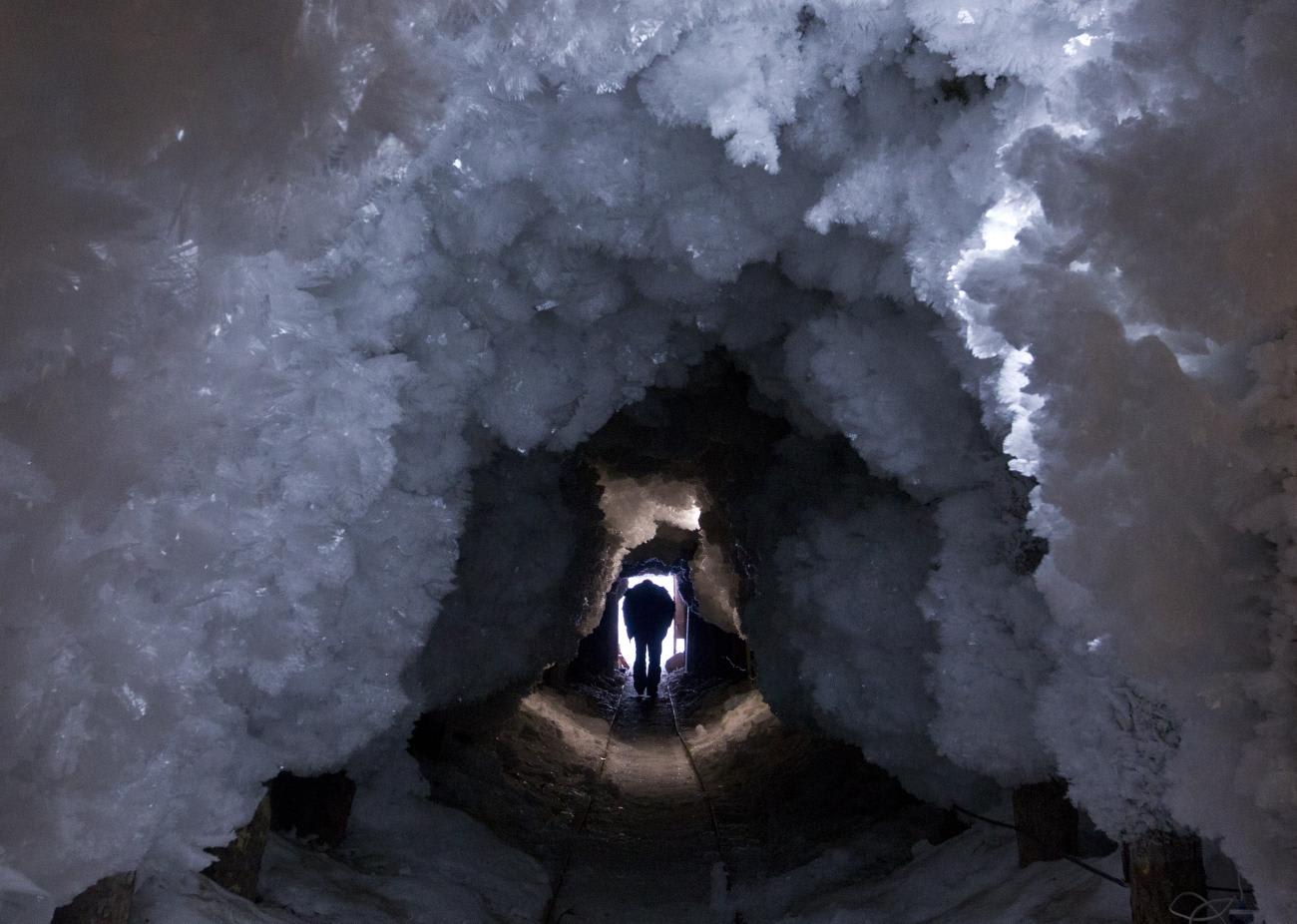
Ancient and Unknown Viruses Are the Real Risk
The situation would be much more disastrous in the case of an animal or human diseases caused by an ancient/unknown virus. As unfortunately well demonstrated by the most recent pandemics (for example, COVID and AIDS), each new virus, even related to previously known families, requires the development of highly specific medical responses, such as new antivirals and vaccines. There is no equivalent to "broad spectrum antibiotics" against viruses, because they do not share metabolic processes that are universally conserved. It is therefore legitimate to focus on the risk posed by viral particles released from the thawing of thousands of years of permafrost layers.
A review of the literature shows that few studies have been published on this subject, and they are not reassuring. One was the identification of influenza virus RNA from the lung of a victim buried in permafrost since 1918. Another one was the detection of smallpox virus DNA in a 300-year-old Siberian mummy. However, there was no attempt to "revive" these viruses (fortunately).
The first isolation of two fully infectious viruses from 30,000-year-old permafrost was performed in a laboratory at Aix-Marseille University, in France, and published in 2014 and 2015. All viruses are obligatory parasites of cells, and can only infect and multiply in specific cell types of a given host. Thus, contrary to bacteria, infectious (i.e. live) viruses can only be detected by putting them in contact with the proper host. For safety reasons, our experiments were restricted to the detection of ancient viruses capable of infecting amoebas, unicellular eukaryotic organisms separated from the human species by a billion years of divergent evolution.
Although limited to amoebas, these first results demonstrated that it was possible for viruses to remain infectious in ancient permafrost since prehistorical times, a conclusion most likely extendable to viruses infecting other species, such as animals or humans. This is when the popular notion of a "zombie" virus was born. Since then, we revived seven additional amoeba viruses from ancient permafrost, now pushing the limit close to 50,000 years ago, overlapping with paleontological evidence of human occupations in northeastern Siberia. The latest metagenomic studies have identified genomic traces of poxviruses, herpesviruses, and Asfarviruses, all of which are well known human and vertebrate pathogens. The scenario of an unknown virus once infecting Neanderthal coming back at us, although unlikely, has become a real possibility.
Risk = Hazard + Exposure
There are sharks in Australia, but they do not pose any threat to you until you go surfing. Indeed, a risk is always the combination of hazard and exposure. We have now demonstrated that ancient, but still infectious, amoeba viruses are released every summer day from thawing permafrost. Most likely, this also applies to animal-and human-infecting viruses—the genomic traces of which have been detected. This now constitutes a tangible hazard. Fortunately, very few people were living in those inhospitable regions until now, making a cognate virus-host encounter very unlikely.
However, global warming is rendering those desertic regions more accessible to human activity, in particular the northern Arctic Ocean coastline of Siberia, thanks to reduction of the perennial sea-ice area, allowing for increases in marine traffic and easier industrial operations. The rich mineral resources and oil reserves of the arctic regions are under increasing pressure. Clearly, the worst exposure scenario is the gathering of a large number of workers around an open pit mining operation, from which permafrost excavated hundreds meters deep would release very ancient and totally unknown human-infecting viruses.
How long ancient viruses eventually released from permafrost could remain infectious once exposed to outdoor conditions (UV light, oxygen, heat), and how likely they will be to encounter and infect a suitable host in the interval, is yet impossible to estimate. But it is already clear that the risk associated to the "zombie viruses' scenario" is bound to increase in the context of global warming as permafrost thawing keeps accelerating, and as more people populate the Arctic in the wake of industrial ventures.
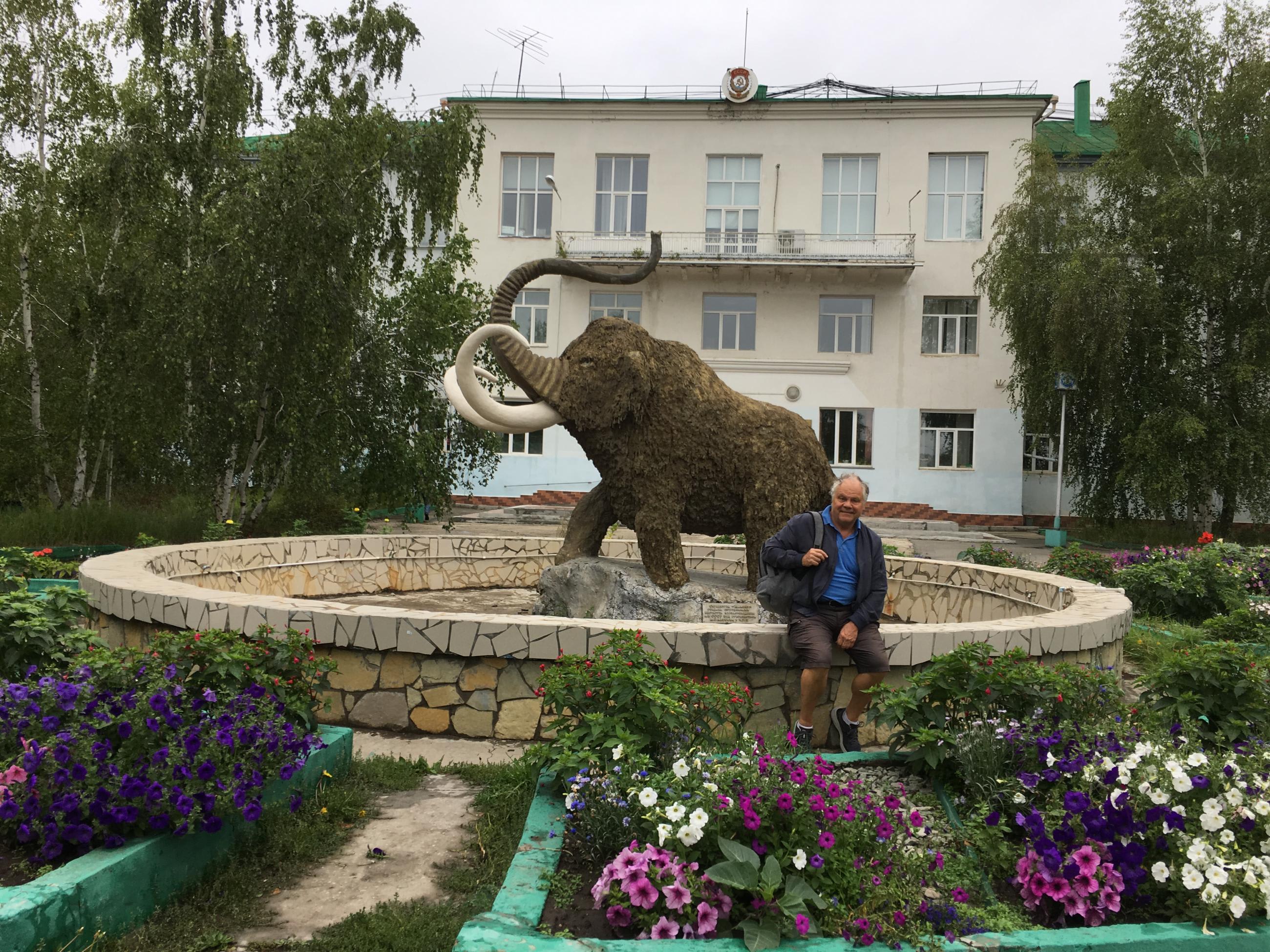
EDITOR'S NOTE: Visit our "Frontiers" series page to learn more about global health and the deepest realms of the sea, space, the mountains, and more.
